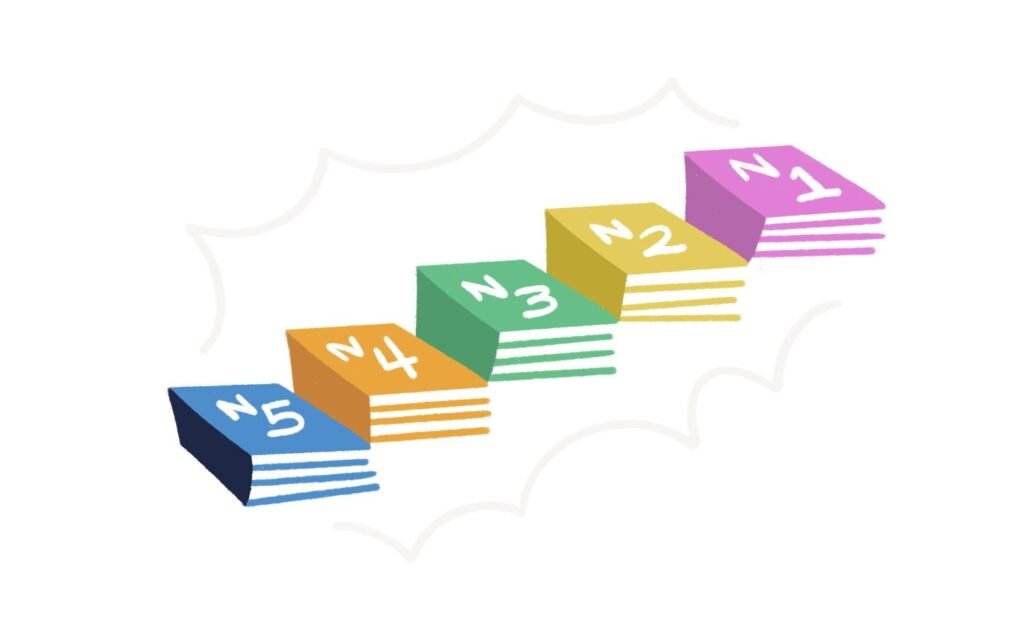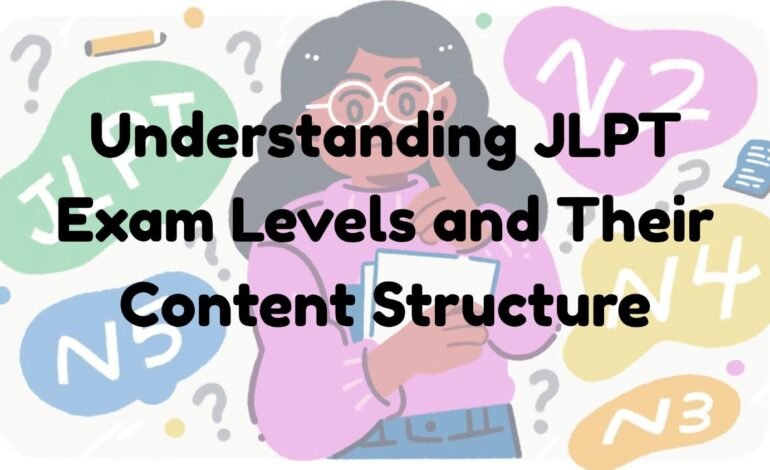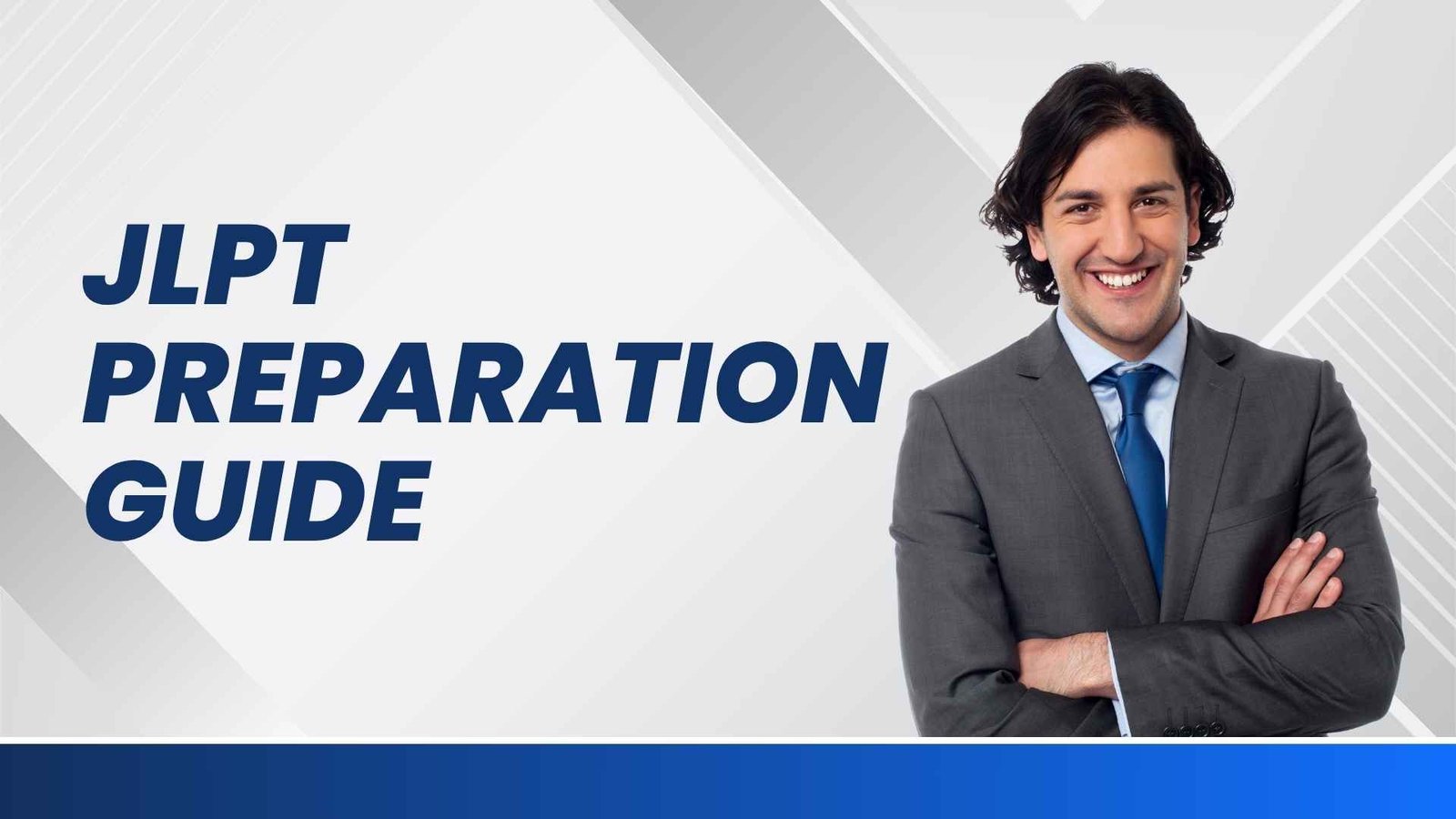The Japanese Language Proficiency Test (JLPT) helps non-native speakers evaluate and certify their Japanese language skills through a globally recognised standardized exam. the Japan Foundation and Japan Educational Exchanges and Services administer the JLPT to support academic and professional goals. They structure the exam across five distinct JLPT exam levels, from N5 (beginner) to N1 (advanced), to assess learners at every stage of proficiency. This clear progression makes the JLPT suitable for a wide range of language learners.
Candidates take the test to measure their Japanese skills for studying in Japan, applying for jobs, or simply assessing their language progress. the JLPT includes five levels, starting from N5 (basic) and progressing to N1 (advanced). N2 and N1 assess advanced comprehension of abstract texts, newspapers, and spoken nuances. this guide provides a detailed breakdown of the JLPT exam levels and content. It covers exam patterns, time duration, practice methods, and the official 2025 exam schedule to help you prepare effectively. visit this official website.
Overview of JLPT Exam Levels and Content
The JLPT (Japanese-Language Proficiency Test) has five levels: N1 (most advanced) to N5 (beginner). Each level tests reading, listening, vocabulary, and grammar skills appropriate to its difficulty. N5 and N4 focus on basic grammar, kanji, and everyday expressions.

N3 is intermediate, bridging simple and complex language use. N2 and N1 assess advanced comprehension of abstract texts, newspapers, and spoken language.

JLPT N5: A Beginner’s Guide
The JLPT N5 is designed for individuals just starting to learn Japanese. It assesses fundamental language skills like understanding and using basic vocabulary and grammar.
The test evaluates your ability to comprehend simple phrases and sentences commonly used in everyday situations, like greetings, introductions, shopping, and asking for directions. By successfully passing the N5 level, learners demonstrate they can handle basic communication in Japanese, which lays a strong foundation for progressing to more advanced levels of the language.
Key Content:
- Vocabulary: Around 800 commonly used words
- Kanji: Approximately 100 characters
- Grammar: Simple sentence patterns (A wa B desu, etc.)
- Reading: Comprehend basic, familiar expressions written in hiragana, katakana, and basic kanji
- Listening: Understand slowly spoken Japanese in everyday scenarios
JLPT N5 Exam Pattern:
- Language Knowledge (Vocabulary & Grammar) + Reading: 45 minutes
- Listening: 30 minutes
- Total Duration: 75 minutes
JLPT N4 – Upper Beginner
The N4 level is suitable for learners who have moved beyond the basics and can understand conversations on familiar topics.
Key Content:
- Vocabulary: About 1,500 words
- Kanji: Around 300 characters
- Grammar: Slightly more complex structures
- Reading: Basic short texts and everyday topics
- Listening: Short conversations in daily life situations
Total Duration: 95 minutes (60 minutes for Language Knowledge & Reading, 35 minutes for Listening)
JLPT N3 – Intermediate
The N3 level bridges the beginner levels and the more advanced N2. It tests the ability to understand Japanese used in everyday situations with a moderate degree of complexity.
Key Content:
- Vocabulary: Approximately 3,000 words
- Kanji: Around 600 characters
- Grammar: Intermediate structures and usage
- Reading: Articles, short stories, and letters
- Listening involves natural conversations in formal and informal settings.
Total Duration: 110 minutes (70 minutes for Language Knowledge & Reading, 40 minutes for Listening)
JLPT N2 – Upper Intermediate
At the N2 level, learners are expected to understand everyday conversations and written materials such as newspapers and magazine articles.
Key Content:
- Vocabulary: About 6,000 words
- Kanji: Around 1,000 characters
- Grammar: Complex grammatical structures
- Reading: Comprehend texts with logical structure and implied meaning
- Listening: Understand spoken materials such as news reports and discussions
Total Duration: 155 minutes (105 minutes for Language Knowledge & Reading, 50 minutes for Listening)
JLPT N1 – Most Advanced
The N1 is the highest level and is suitable for advanced learners aiming for full fluency. It is commonly required for academic studies and high-level employment in Japan.
Key Content:
- Vocabulary: Around 10,000 words
- Kanji: Approximately 2,000 characters
- Grammar: Advanced and nuanced grammar points
- Reading: Comprehend complex materials including editorials, opinion articles, and abstract texts
- Listening: Understand fast and natural spoken Japanese on various topics, including lectures and TV programs
JLPT N1 Practice Test: Regular mock testing, reading Japanese newspapers, and listening to Japanese podcasts or news is highly recommended. Many platforms offer free and paid JLPT N1 practice tests to help simulate the exam environment.
Total Duration: 170 minutes (110 minutes for Language Knowledge & Reading, 60 minutes for Listening)
JLPT Exam Time Duration Comparison
| Level | Language Knowledge & Reading | Listening | Total |
| N5 | 45 mins | 30 mins | 75 mins |
| N4 | 60 mins | 35 mins | 95 mins |
| N3 | 70 mins | 40 mins | 110 mins |
| N2 | 105 mins | 50 mins | 155 mins |
| N1 | 110 mins | 60 mins | 170 mins |
JLPT Exam Schedule 2025
The JLPT is conducted twice a year – typically on the first Sunday of July and first Sunday of December.
- July Session: Sunday, July 6, 2025
- December Session: Sunday, December 7, 2025
Registration begins about 3–4 months prior to the exam date, and the process can vary by country. It is important to check your local test administrator’s website for updates and deadlines.
Tips for Preparation
- JLPT N5 & N4: Use flashcards for vocabulary, apps like Duolingo or JLPT Sensei, and watch children’s shows or anime with subtitles.
- JLPT N3 & N2: Begin reading Japanese blogs, watching news clips, and practicing past questions.
- JLPT N1: Study advanced kanji, read editorials, and complete high-level mock exams. Consider enrolling in specialized prep courses.
Conclusion
Understanding the JLPT exam levels and content is key to preparing effectively. Whether you’re a complete beginner or aiming for near-native fluency, each JLPT level builds your comprehension in a structured way. Start with daily practice, use authentic resources, and simulate real exam conditions through practice tests. With consistent effort, passing the JLPT is an achievable goal.
Planning to appear for the JLPT this year? Check the latest JLPT exam schedule here to stay updated with upcoming test dates across India.
FAQs
1. What is the difference between JLPT N5 and N4? N5 is for absolute beginners with minimal vocabulary and kanji, while N4 includes more grammar, vocabulary, and intermediate comprehension.
2. How long is the JLPT exam? The JLPT exam ranges from 75 minutes (N5) to 170 minutes (N1), depending on the level.
3. When will the JLPT exam be held in 2025? The exam is scheduled for July 6, 2025, and December 7, 2025, worldwide.
4. What is the best way to prepare for JLPT N1? Engage with advanced materials like NHK News, editorials, and use JLPT N1 practice tests regularly.5. Is JLPT N5 difficult for beginners? JLPT N5 is beginner-friendly and designed for those just starting out with Japanese. With basic study habits, it’s very manageable.






